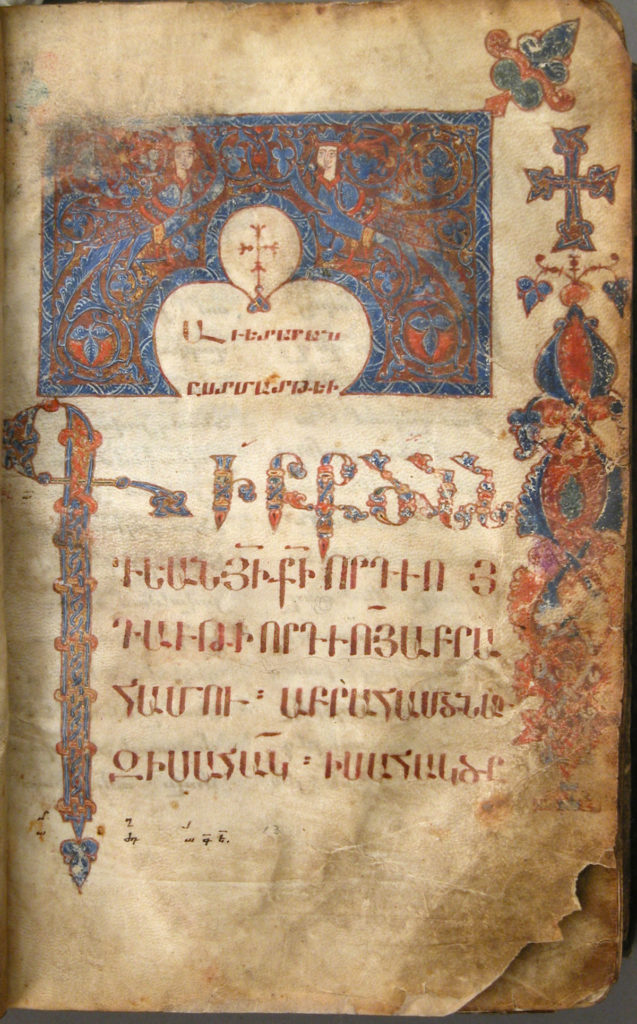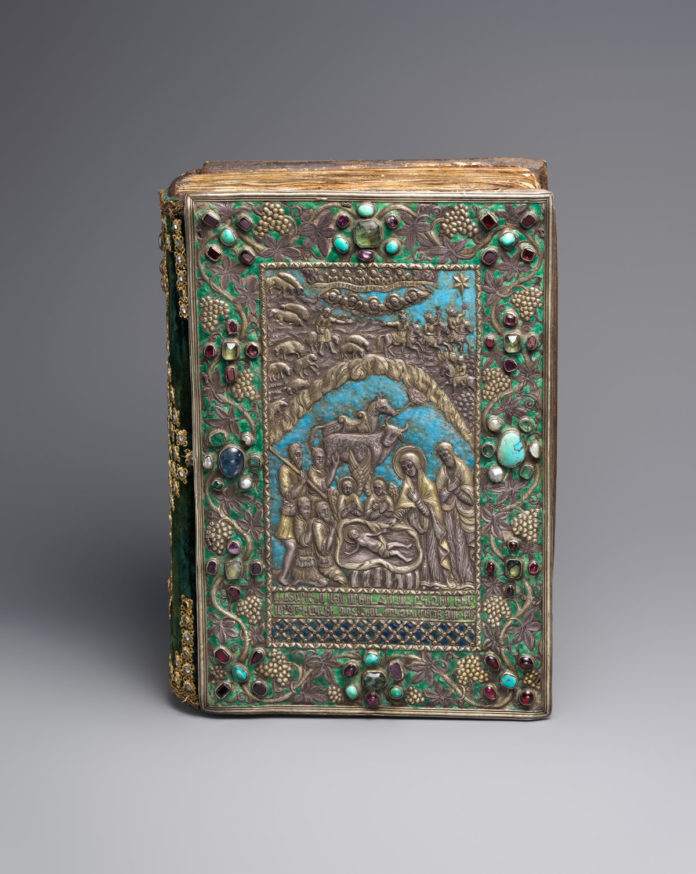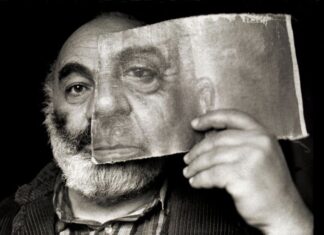NEW YORK — The “Armenia!” exhibit at the Metropolitan Museum of Art is set to open on September 22, 2018, and run through January 13, 2019. This major exhibition will feature rare works of Armenian art from around the world — many of them never before displayed in the United States.

This is the first major exhibition to explore the remarkable artistic and cultural achievements of the Armenian people in a global context over fourteen centuries — from the fourth century, when the Armenians converted to Christianity in their homeland at the base of Mount Ararat, to the seventeenth century, when Armenian control of global trade routes first brought books printed in Armenian into the region.
Through some 140 objects — including opulent gilded reliquaries, richly illuminated manuscripts, rare textiles, cross stones (khachkars), precious liturgical furnishings, church models, and printed books — the exhibition demonstrates how Armenians developed a unique Christian identity that linked their widespread communities over the years.
Representing the cultural heritage of Armenia, most of the works come from major Armenian collections: the Mother See of Holy Echmiadzin; the Matenadaran (Ancient Manuscripts); the National History Museum in the Republic of Armenia; the Catholicosate of the Great House of Cilicia in Lebanon; the Brotherhood of St. James in Jerusalem; and the Mekhitarist Congregation of San Lazzaro degli Armeni in Venice.
Almost all of these works are on view in the United States for the first time; some have not travelled abroad for centuries.
Among the precious items on display will be a magnificent altar covering from Holy Echmiadzin.










